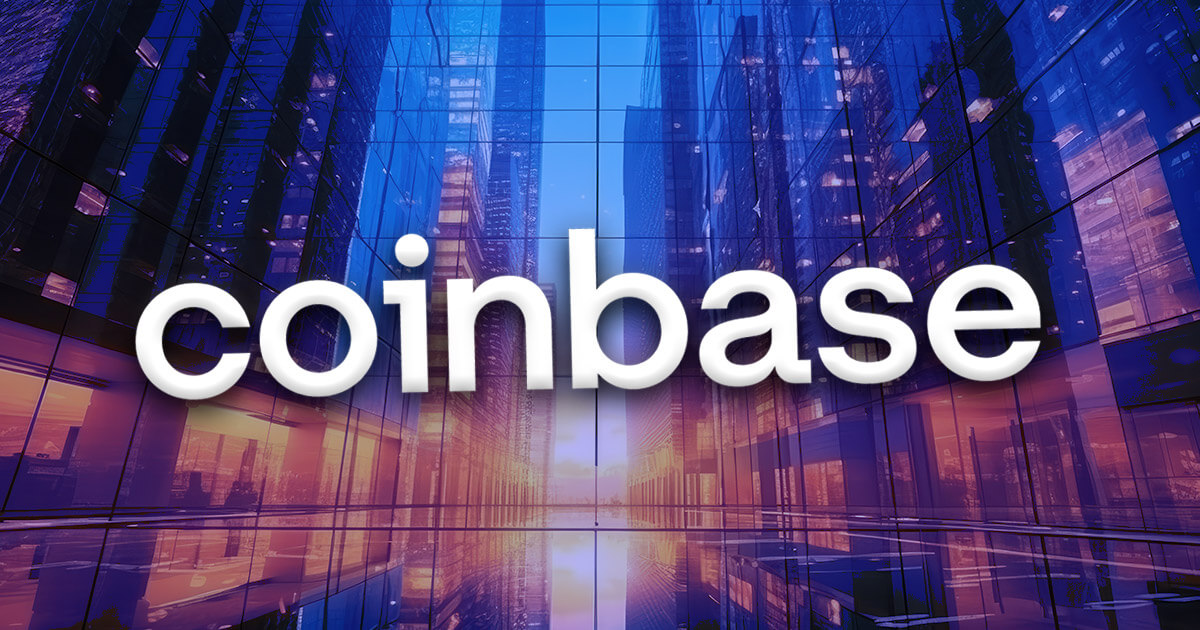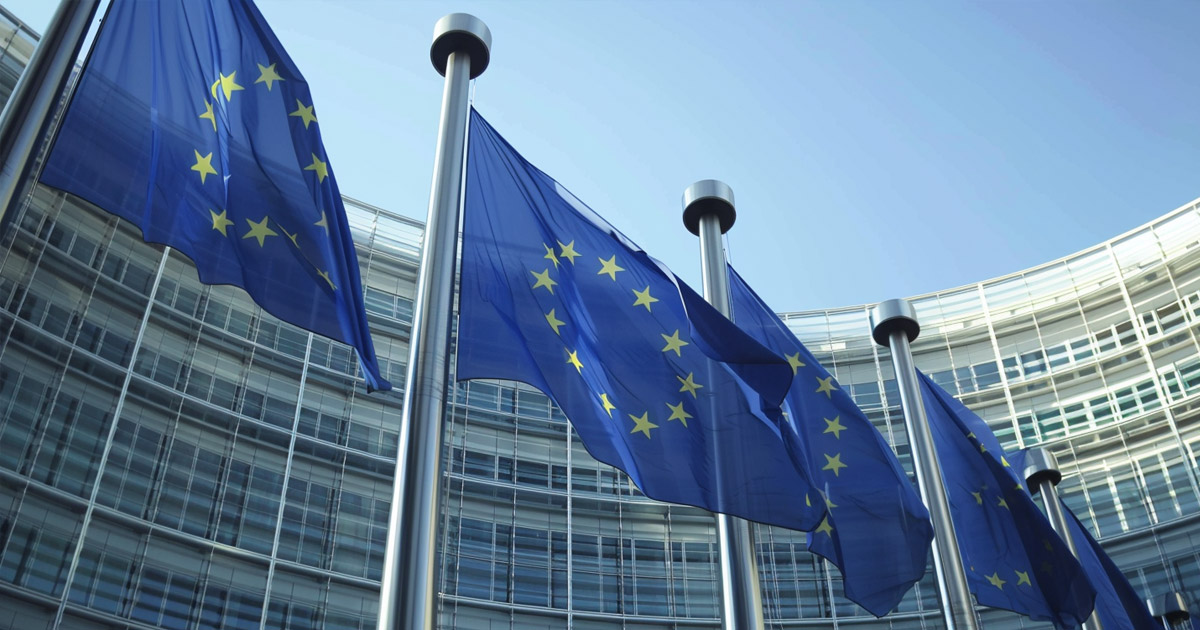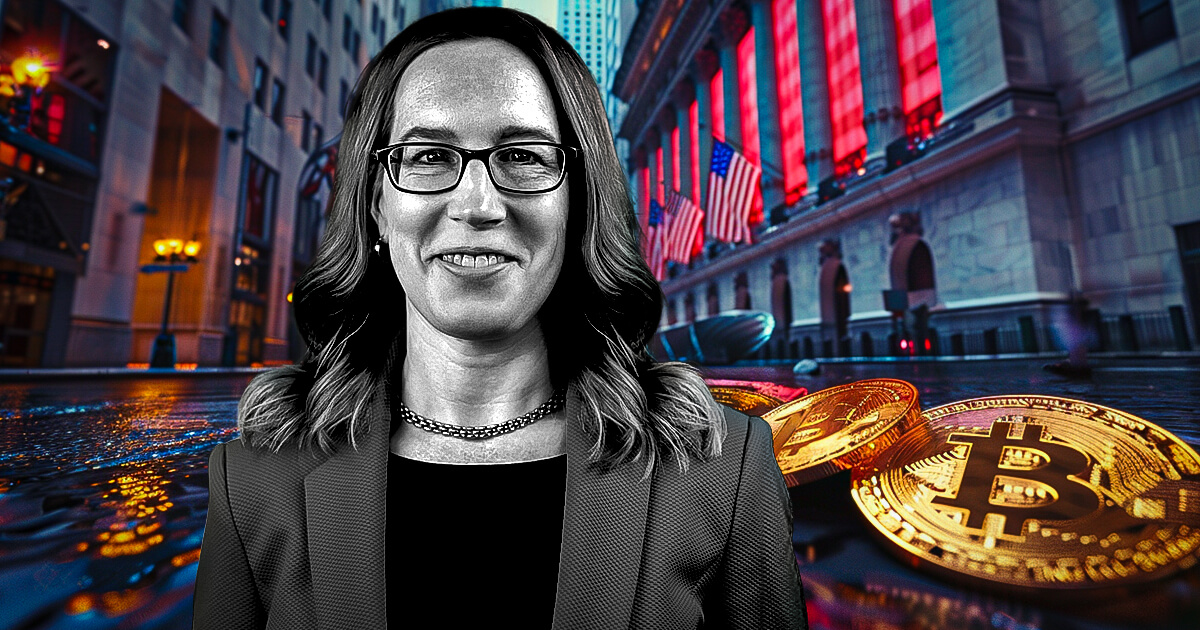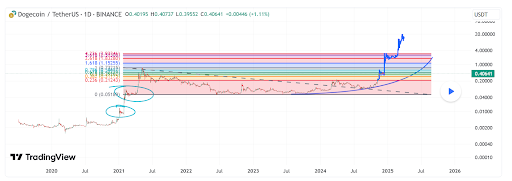Crypto-assets, terrorist financing, money laundering and regulations — the state of play
Many continue to question the possibility of a link between illicit transactions, terrorist financing and money laundering, yet the figures speak for themselves.
In 2022, the use of cryptocurrencies for illicit transactions was estimated at over $20 billion.
There are two schools of thought: those who believe in traceability thanks to the blockchain and the realists who know that even the most sophisticated systems can be hijacked, that criminals are always one step ahead of the lawmakers and that the whiff of money attracts all kinds of fraudsters and scammers.
According to cryptocurrency trading simulator Crypto Parrot, the number of new crypto-assets rose by 68.75 percent between September 2020 and September 2021 and by 28 percent between 2023 and 2024.
The debates over Bitcoin — and crypto-assets more generally — are rooted in the unease felt by traditional financial circuits and regulators. The heated discussions on this topic are thus set to go on for some time.
The untraceable nature of cryptocurrencies makes them an ideal instrument for cybercrime activities such as drug dealing, child pornography and terrorist financing. Cryptocurrencies are indeed ubiquitous on the darknet, where they facilitate untraceable payments for cybercrimes.
The Financial Action Task Force on Money Laundering considers that the most significant money laundering and terrorist financing risks concern the conversion interfaces between cryptocurrencies and legal tender, emphasizing the need to regulate these exchange platforms and other conversion intermediaries that facilitate money laundering.
In 2018, the Banque de France issued a note entitled “The Emergence of Bitcoin and Other Crypto-assets: Issues, Risks and Outlook,” which stated that “regulation of crypto-asset activities is to be recommended for four main reasons.” These were: the fight against money laundering and the financing of terrorism, which is of the highest priority; investor protection; maintaining market integrity in the light of the cyber-risk; and, finally, if these activities continue to develop, concerns over financial stability.
In short, the Banque de France and the French Prudential Supervision and Resolution Authority advocate broader supervision of services associated with crypto-assets in order to regulate the services provided at the interface between the real world and crypto-assets and to monitor investments in crypto-assets. The position of the French authorities thus amounts to integrating and regulating crypto-assets rather than prohibiting them.
Europe recently introduced the Markets in Crypto-assets regulation, which will establish a legal framework for Bitcoin in all member states as of the end of 2024.
Previously, in response to the ever-increasing role of cryptocurrencies in cybercrime, the European Parliament adopted its first piece of legislation for tracing transfers of crypto-assets like Bitcoin and electronic money tokens in April 2023.
The legislation, which was provisionally agreed by negotiators in June 2022, “aims to ensure that crypto transfers, as is the case with any other financial operation, can always be traced and suspicious transactions blocked,” according to a European Parliament press release.
This regulation covers the transparency, disclosure, authorization and supervision of transactions.
In February, the US Department of Justice announced charges of terrorism, sanctions evasion, fraud and money laundering against seven key figures in an oil-laundering network linked to the Iranian government, which is a major supplier of oil to China, Russia and Syria.
The circumventing of these indictments and embargoes was facilitated, at least partially, through the use of crypto-assets.
Iran has eagerly embraced cryptocurrency mining, occasionally exceeding its national energy capacity and leading to temporary shutdowns of mining operations.
This is what caught the attention of Sen. Elizabeth Warren of Massachusetts, an expert on cryptocurrencies and a vocal critic of the widespread use of Bitcoin in the US. She addressed the issue with a bill known as the “Digital Asset Anti-Money Laundering Act” in December 2023, designed to crack down on the use of cryptocurrencies in the US.
In a letter to the Ministry of Defense and the Ministry of the Treasury in May, Warren highlighted the risks of legalizing crypto-mining in Iran. This practice has enabled the transfer of substantial funds to finance both the country’s own administration and Hamas.
In fact, Hamas has had some of its members’ accounts frozen by the Israeli government on the Binance platform, currently the world’s leading crypto platform. According to The Wall Street Journal, Hamas amassed more than $41 million in cryptocurrency between August 2021 and June 2023.
According to an Iranian report in 2021, the Tehran government could generate $2 million a day and $700 million a year in direct revenue from cryptocurrencies.
There is an old Arab saying that you should pursue a thief to the door of his house. And unsurprisingly, when we pursue Iranian crypto-assets, we arrive at the door of Hamas, in Yemen, Lebanon and elsewhere.
Legislators will continue to grapple with the issue of regulating crypto-assets, which remains a political issue.
How can a country such as the US position itself as a global hub for cryptocurrencies while safeguarding against their misuse and exploitation? How can it regulate extremely high volumes and still support unrestricted capitalism?
The issue is undeniably a political one, yet it remains intriguing. Nonetheless, the idealists must step aside for the pragmatists and political realism.
In any event, they will be credited for sparking the debate, even if they have not yet come up with a way of taking it forward.
-
Nathalie Goulet is a French senator for the Orne department in Normandy, and the author of “An ABC of Terrorist Financing,” published by Cherche-Midi. X: @senateur61
Disclaimer: Views expressed by writers in this section are their own and do not necessarily reflect Arab News’ point of view
Credit: Source link















































